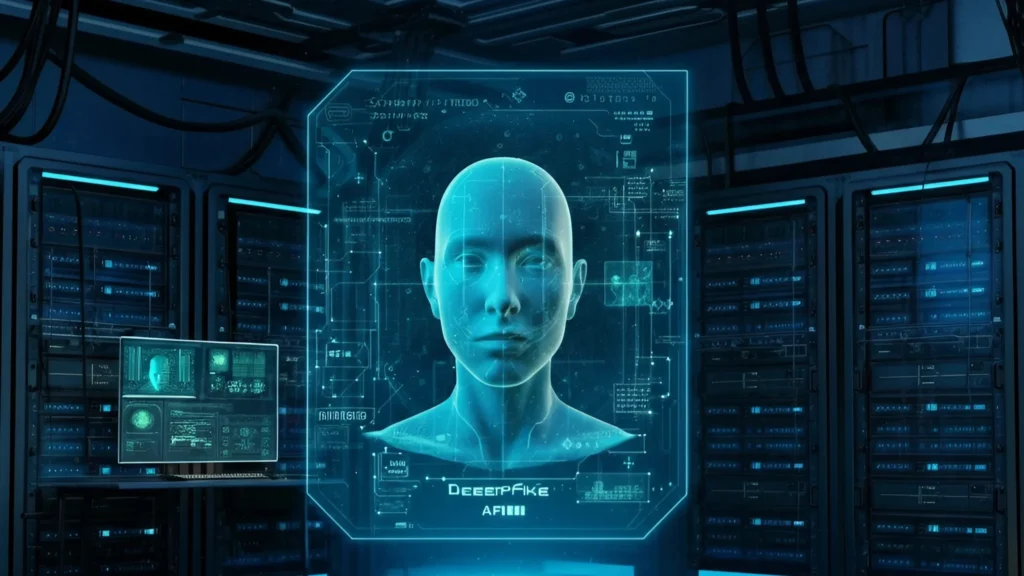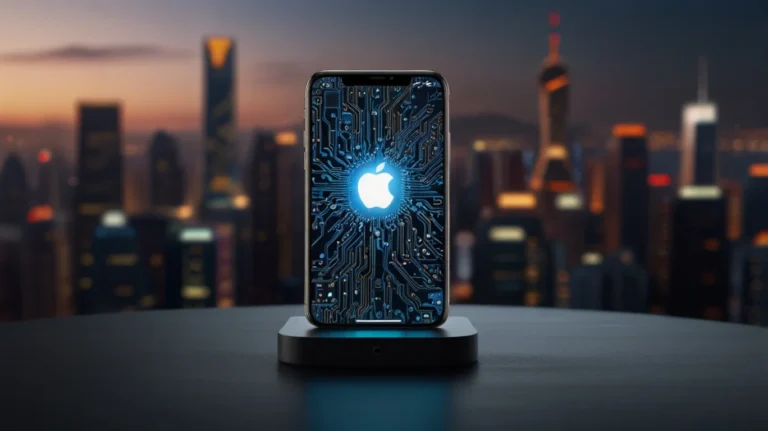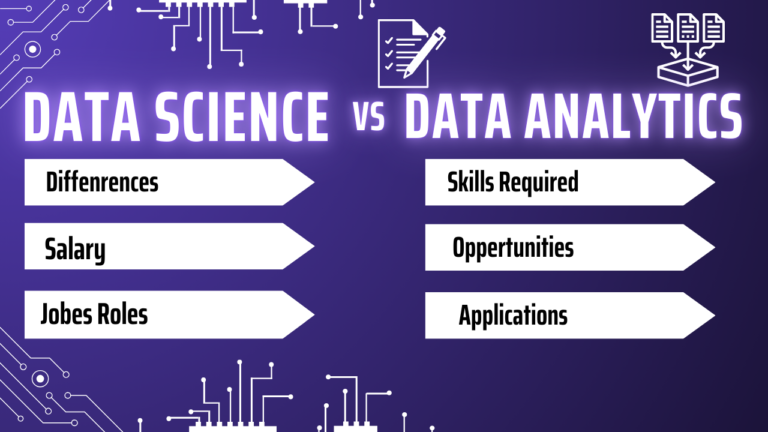Deepfake technology is rapidly transforming the way digital content is created and consumed. By leveraging artificial intelligence, deepfakes can generate highly realistic videos, images, and audio that mimic real people with astonishing accuracy. While this innovation has found applications in entertainment, marketing, and education, it also raises serious ethical concerns, including misinformation, identity theft, and privacy violations. As deepfake technology evolves, understanding its mechanics, implications, and safeguards is more crucial than ever.
What Are Deepfakes?
Deepfakes are hyper-realistic, AI-generated media—primarily videos and images—where one person’s face or voice is convincingly replaced with another’s. The term “deepfake” is derived from a combination of “deep learning,” a subset of artificial intelligence, and “fake.” By leveraging powerful machine learning techniques, deepfakes blur the boundaries between reality and artificiality, making it increasingly difficult to distinguish truth from fabrication.
For example, deepfake videos featuring celebrities endorsing products they have no affiliation with frequently circulate on social media. Meanwhile, Hollywood has embraced the technology to de-age actors or even resurrect deceased performers for new roles. While these applications showcase deepfake technology’s creative potential, they also highlight the urgent need to understand its mechanics, ethical implications, and societal impact.
Read more : AI in Society: Pros and Cons, Benefits, Challenges, and Future Impact

The Technology Behind Deepfakes
To comprehend how deepfakes are generated, we must explore the sophisticated AI models and techniques that power them.
Machine Learning Architectures
Deepfake generation relies on advanced machine learning algorithms, primarily:
1. Generative Adversarial Networks (GANs)
GANs are the backbone of deepfake technology. They consist of two neural networks—
- The Generator: Creates fake images or videos by learning patterns from real data.
- The Discriminator: Evaluates the generated content and determines whether it is real or synthetic.
This adversarial process continues in a loop, refining the model until it produces content so realistic that even human observers struggle to detect fabrication.
2. Encoder-Decoder Models
These models analyze input data, condense it into a simpler representation, and reconstruct it. In deepfake creation, they help swap one person’s facial features onto another seamlessly.
3. Autoencoders
Autoencoders further enhance deepfake quality by reconstructing high-detail facial expressions, allowing for smoother transitions and lifelike features in manipulated videos.
Deep Learning Techniques
Several deep learning techniques contribute to deepfake creation:
- Convolutional Neural Networks (CNNs): Analyze facial features such as eyes, noses, and mouths to enhance image realism.
- Facial Recognition Algorithms: Enable accurate mimicking of expressions, micro-expressions, and subtle facial movements.
- Motion Transfer Models: Allow the imitation of an individual’s full-body movements while overlaying their image onto another person’s body.
- Voice Synthesis and Audio Deepfakes: Advanced AI-driven voice cloning can replicate an individual’s speech patterns, tone, and intonation with stunning accuracy.
Read more : Chinese AI: DeepSeek and the Future of AI Innovation

The Deepfake Creation Process
The development of a deepfake follows a structured pipeline:
- Data Collection
- A vast dataset of images or videos featuring both the source and target individuals is gathered. The more data available, the more realistic the final output.
- Training the AI Model
- The AI analyzes key facial landmarks, extracts distinguishing features, and refines its ability to seamlessly blend faces through iterative learning.
- Rendering the Final Output
- The deepfake is produced using high-end software, with post-processing techniques enhancing details such as lighting, texture, and facial micro-expressions.
Challenges in Deepfake Creation
Despite its technological sophistication, deepfake generation comes with several hurdles:
- Computational Complexity: High-quality deepfakes demand immense processing power and GPU capabilities.
- Data Quality Issues: Poor-quality images result in unrealistic or glitchy outputs.
- The Uncanny Valley Effect: Even minor flaws in a deepfake can make it appear unnerving and artificial.
- Ethical Concerns: The ability to manipulate faces and voices raises significant ethical and legal challenges.
Read more: AI Agent: A Step-by-Step Guide to Building an Empowering System

Risks and Ethical Concerns
While deepfakes offer exciting possibilities in various industries, they also pose serious risks:
1. Misinformation and Fake News
Deepfakes can be weaponized to spread false information, create propaganda, or manipulate public perception, leading to political or social unrest.
2. Identity Theft and Privacy Violations
Unauthorized use of an individual’s likeness can lead to fraud, blackmail, or personal and professional reputational damage.
3. Cybersecurity Threats
Deepfake technology can be exploited for phishing attacks, bypassing biometric security measures, or impersonating individuals in financial transactions.
4. Legal and Regulatory Challenges
Governments are grappling with how to regulate deepfake technology while balancing innovation and security.
Strategies to Detect and Combat Deepfakes
Efforts to counter deepfake threats are intensifying, with researchers and organizations developing various mitigation strategies:
- AI-Powered Detection Algorithms
- Specialized AI tools can detect inconsistencies, such as irregular blinking, unnatural lighting, or subtle distortions.
- Forensic Analysis
- Digital forensics can trace manipulations in audio, video, and image files.
- Blockchain-Based Authentication
- Blockchain technology can verify the authenticity of digital media, ensuring that original files remain unaltered.
- Public Awareness and Digital Literacy
- Educating individuals and businesses about deepfake risks enhances resilience against misinformation and manipulation.

The Future of Deepfakes: Innovation vs. Responsibility
Deepfake technology is evolving rapidly, with both promising and troubling implications. In entertainment, it is revolutionizing filmmaking, gaming, and virtual reality experiences. In marketing, brands are experimenting with personalized AI-driven ads featuring digital avatars. Meanwhile, AI-assisted language models and virtual influencers are becoming more prevalent in the digital landscape.
However, with great power comes great responsibility. As deepfake technology advances, so must the ethical frameworks and detection methods designed to safeguard society against its darker uses. Governments, tech companies, and individuals must work collaboratively to ensure that AI-driven innovations enhance creativity and communication—without undermining truth and trust.
By staying informed and vigilant, we can harness the benefits of deepfake technology while mitigating its potential harms, ensuring a future where AI serves humanity rather than deceives it.




